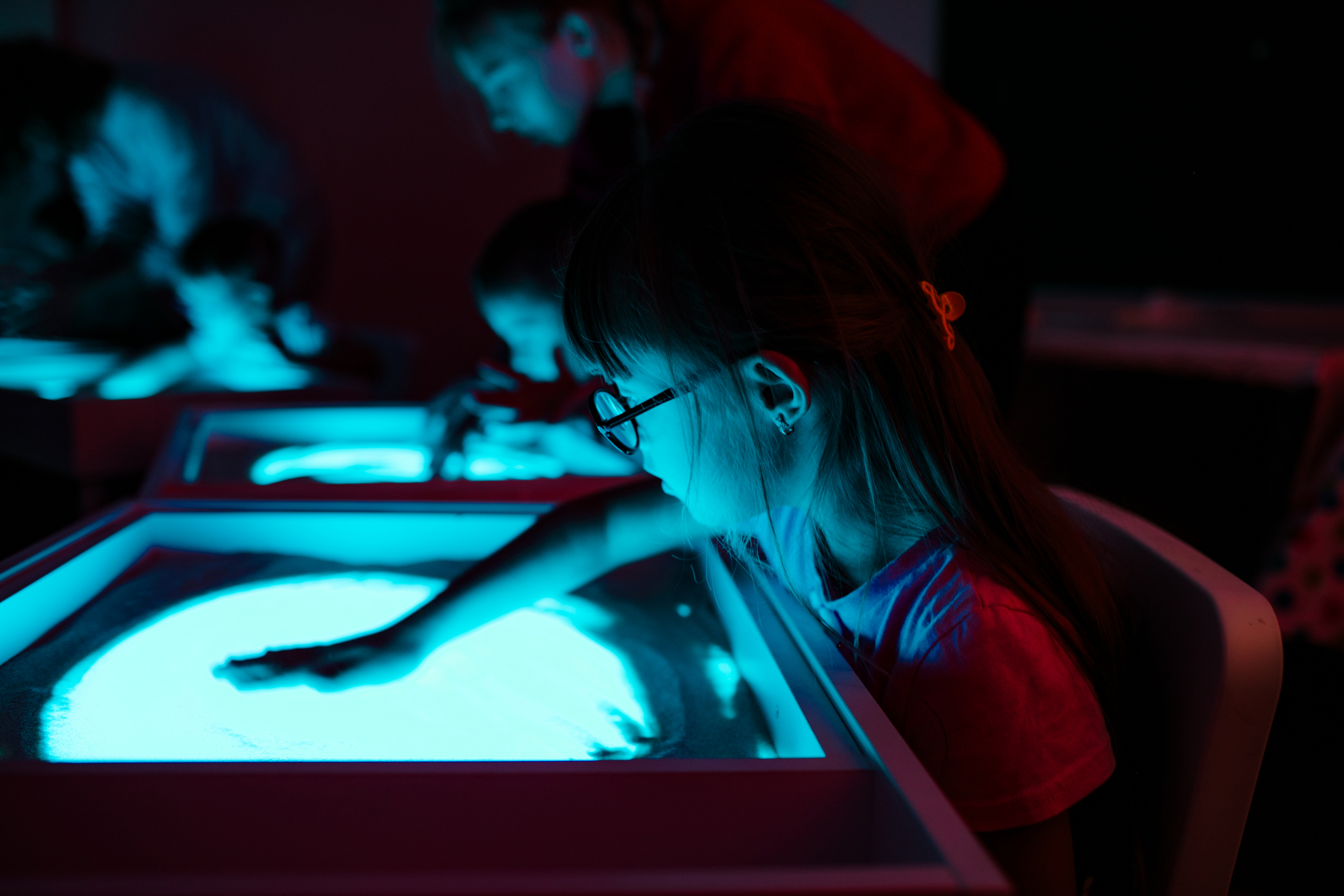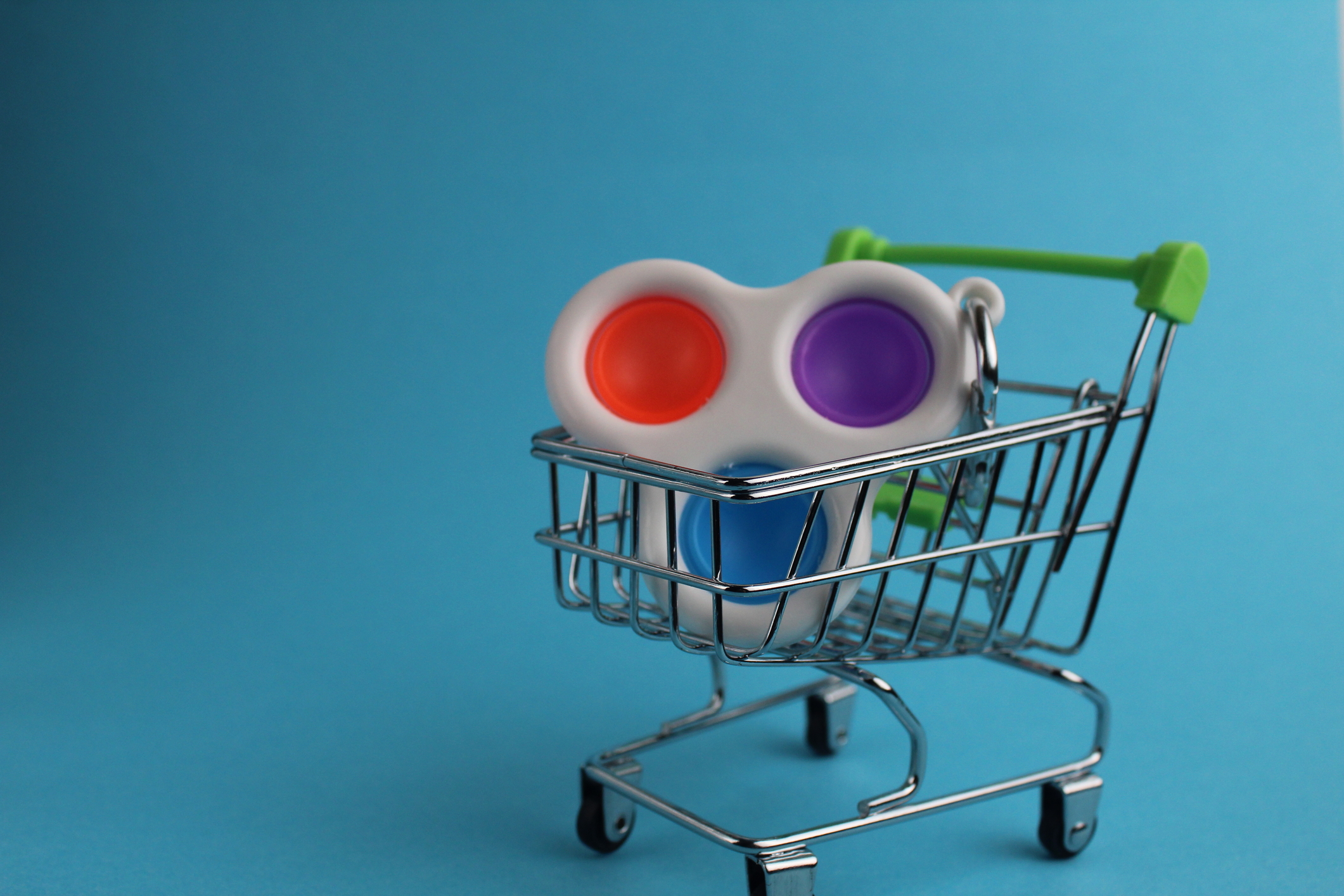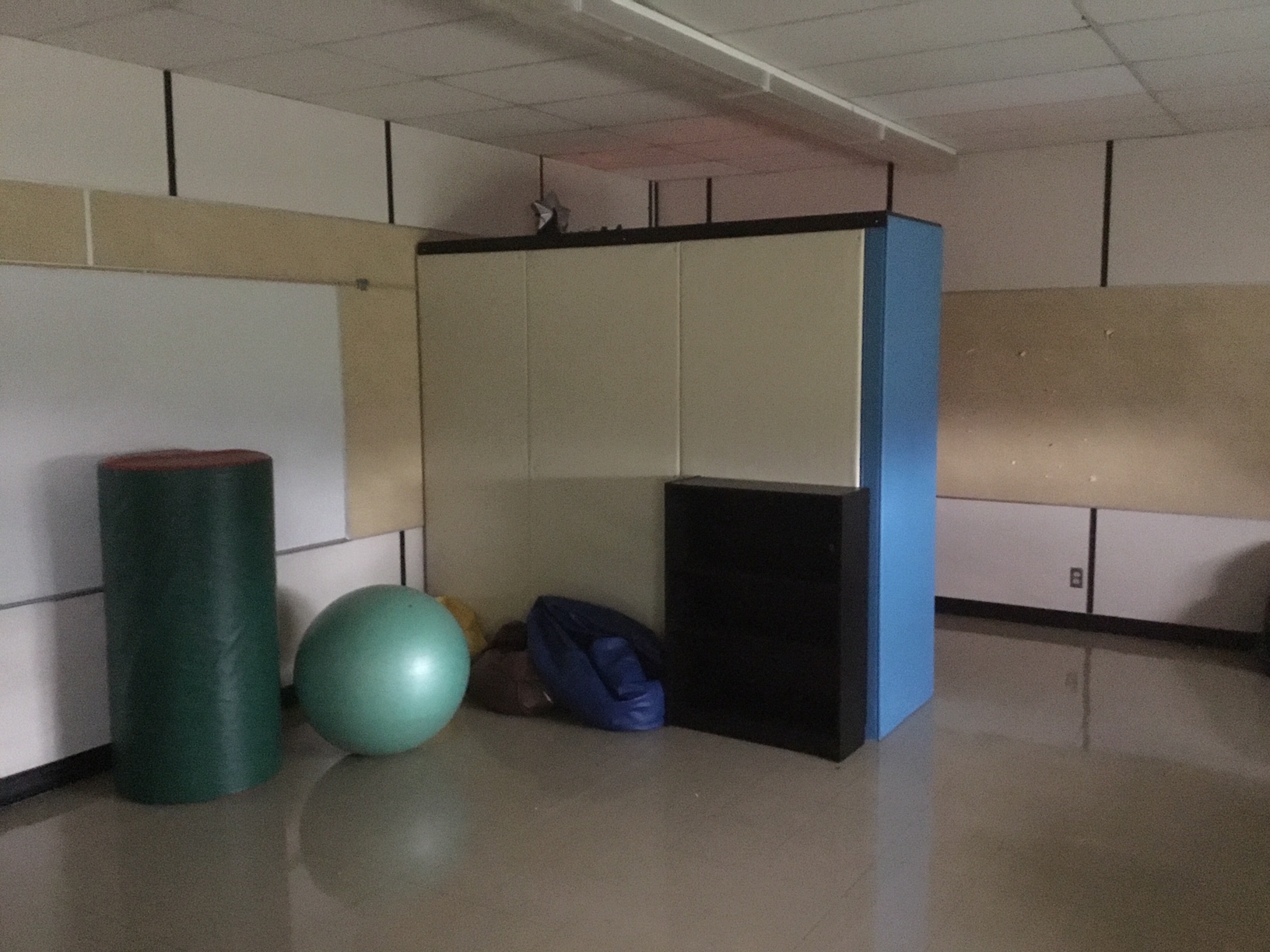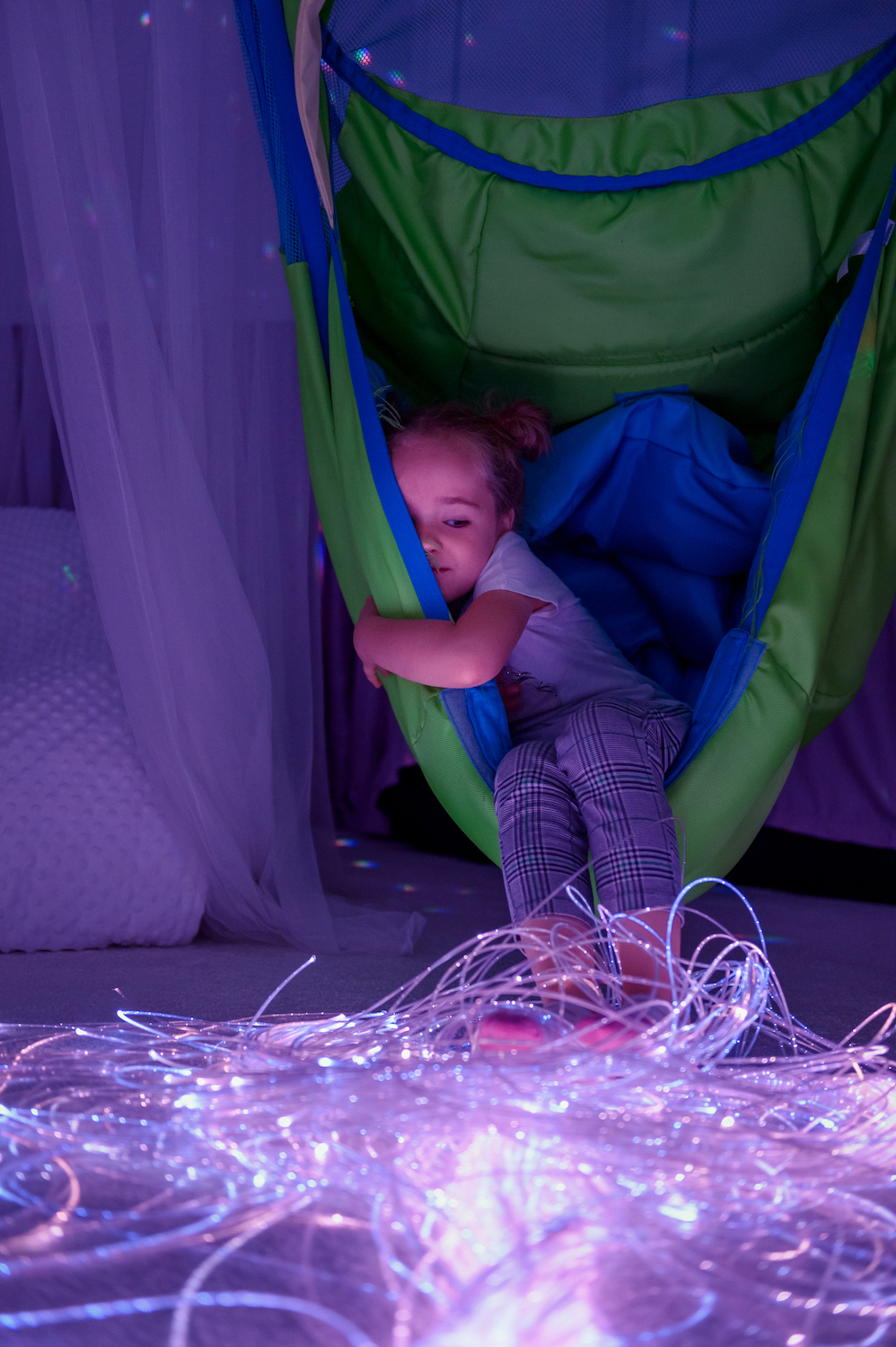Our senses send messages to our brain and allow us to connect with the world around us. For children and adults with sensory disorders, these messages have difficulty translating properly. This miscommunication can cause intense distress and discomfort, leading to overreactions, meltdowns, or alternatively, a complete lack of reaction. Sensory disorders can be present in those with a wide variety of conditions. The most common being ADHD, cerebral palsy, Down syndrome, and those on the autism spectrum.
A Safe Solution
Developing the ability to regulate can be challenging. Think of it like a muscle that has hardly been used before. Building up strength takes time and practice. Similarly, sensory integration requires due care and attention. Caregivers, healthcare professionals, teachers, and loved ones can support those who struggle with sensory processing disorders through the use of sensory rooms. These are calm, specially designed areas that work as safe spaces where stimuli are presented in a controlled environment.
Double Duty
These rooms are helpful for those with special needs in two major ways. The first being that the person has a safe space to come down from any anxiety, fear, or anger they may be experiencing as a result of the miscommunication between their senses and their brain. Even seemingly insignificant stimuli, like the glare of fluorescent lighting, for example, can trigger overwhelm in a special needs person. The next way that these rooms are helpful is that they create an environment where a person can interact with a number of stimuli and flex their sensory “muscles”. Over time, sensory integration is developed in a healthy and positive way. Sensory rooms achieve this by targeting three important sensory systems:
- Tactile. This system refers specifically to touch. This includes textures, temperature, moisture, and pain. Gel mats or a variety of tactile manipulatives can be used to create safe tactile experiences. These tools can also serve to improve fine motor function.
- Vestibular. Balance, movement, auditory processing, and visual development all fall under this system. Soft lighting, calm music, and even ball chairs assist in this area.
- Proprioceptive. This system lives in all our muscles and joints, giving us a sense of body awareness through the pressure we feel in these areas. Some people with sensory disorders will use proprioceptive input to respond to stimuli. For example, hyper-extending joints or banging body parts. Sensory rooms can offer safe activities to meet these needs.
Sensory rooms can be a great resource for children and adults with special needs. Calming products and distinct attention to each unique sensory system allow these spaces to create a safe environment for decompression and development. Learn more about how you can integrate a sensory room into your home or school by contacting us!







